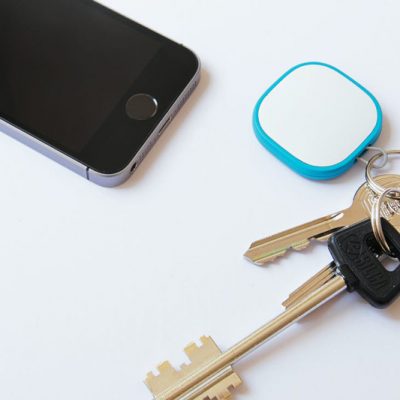Reasons for Using Floor Screeds
When laying any type of flooring it is essential that, whatever the finished floor – tile, wood, vinyl, laminate, natural stone, and more – the surface upon which it is to be laid is as flat as possible.
That means that under no circumstances should flooring be laid directly on to concrete substrate because, quite simply, it will not be flat. It will have all manner of imperfections in it and laying flooring directly on top of it will lead to all sorts of problems. This is particularly true in the case of tiling because if the surface is not flat the tiles will shift and crack as they are walked upon.
The answer, whatever the final floor is to be, is to lay a screed over the concrete substrate, and this can be done in a number of different ways using different materials. Traditionally, a sand and cement screed has been laid and smoothed out using a hand trowel. This involves a lot of labour and even so the result will not be perfect. This is particularly the case if the screed is being laid on underfloor heating because it is almost impossible to connect the screed to every part of every one of the heating pipes that are laid.
Furthermore, one must take into consideration the surface regularity. There are three measurements of surface regularity – SR1, SR2, and SR3. Readings are taken by laying a 2-metre straight edge on the floor and measuring any gaps between it and the concrete substrate using a slip gauge. For S1 there must be no gaps of more than 3mm, for SR2 it is 5mm, and for SR3 10mm.
Most sand and cement screeds are only able to achieve SR3. However, one can also use poured liquid screeds and these will aim to achieve SR1 with SR2 as an absolute minimum. The reason is fairly straightforward, and that is that because the screed is poured in liquid format it is pretty well self-levelling. If you think about it, if you pour out a glass of water and let it settle, the surface will be flat.
Liquid screeds are fast becoming the screed of choice for many architects and specifiers. Apart from the fact that they are self-levelling, they also have other benefits. Liquid screeds can be made using a number of different materials, but the main ones used are cement or gypsum. The latter is also known as anhydrite screed which is what gypsum becomes when it dries. Most of the gypsum screeds are made using a lot of recycled materials, so they are environmentally friendly as well.
Liquid screeds are particularly useful for underfloor heating. This is because they completely envelop all of the heating pipes leaving absolutely no gaps. That is very hard, if not impossible, to achieve with a sand and cement screed laid by hand. It follows that, with a liquid screed, 100% of the heat is transferred to the room and there are no cold spots or hot spots. Even better is the fact that a gypsum screed is around twice as good at heat transfer as cement is, which means that less energy needs to be used to heat the pipes so there is an ongoing environmental benefit.
There are other advantages of liquid screeds as well. They can be laid more thinly than a sand and cement screed, so less materials are used. They are very quick drying and can be walked upon as little as 24 hours and certainly 48 hours, so there is no delay for other contractors working on site. They can also be laid very fast – as much as 2,000 square metres a day in some cases.
However, they do have one drawback which means that you will need floor sanding machines in Burgess Hill. As the screed dries it forms a layer of laitance on the surface. This can be as thin as a layer of dust or up to some millimetres thick, depending on circumstances. You cannot lay the floor directly on to the laitance because it will not bond properly, so the laitance must first be removed by using floor sanding machines in Burgess Hill.




